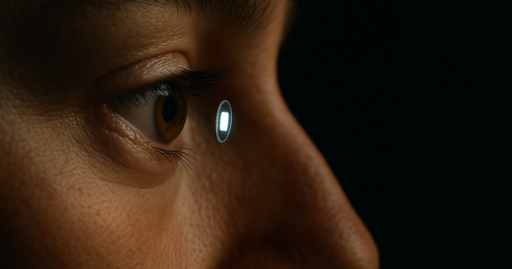While most video screens such as those on our phones, TVs, and stadium jumbotrons seem to improve in resolution on a monthly basis, there has been an issue in improving the resolution of the tiny screens required in virtual reality apps. The problem is that as the screen moves closer to the human eye, the pixels that comprise it need to get smaller and smaller. Yet, if pixels get too small, their function starts to degrade and the image suffers. On a micro-LED screen, for example, pixels can’t get much smaller than one micrometer wide before losing their ability to render a clear, crisp image.
So instead of relying on pixels, researchers from Chalmers University of Technology, the University of Gothenburg and Uppsala University in Sweden turned to a different technique. They created what they’ve termed “metapixels” out of tungsten oxide, a material that can switch from being an insulator to a metal based on its electrical state. The metapixels reflect light differently based on their size and how they’re arranged, and can be manipulated by an electrical current. In a way, they function much like the pigments in bird’s feathers, which can take on different colors based on how the light is hitting them.
The fact that metapixels don’t need a light source eliminates the problems that video pixels take on when they get too small such as color bleeding and issues with uniformity.
!remindme 30 years
It’s cool tech, but if it could actually replace displays, get ready for the patents to be bought up and buried so we can keep selling glowing rectangles with tons of e-waste, as god intended.



This makes me doubt the author of the article’s credibility. What exactly is the “perfect resolution” of a hand painted piece of art?
The underlying paper is published in Nature which adds more credibility to its significance but an article that presents none of the limitations, drawbacks, or broader industry context that might hold something like this back isn’t adding much. What was the colour depth? Refresh rate? Is it thrown if the external light shifts and changes? How many children have to be sacrificed to the machine gods to produce it? Etc. etc.
While I get your point, this is an article, not a whitepaper. The scope you’re requesting is unreasonable for “cool new thing appeared in Nature” for laypeople.
High-enough that you can’t distinguish individual pixels with your eye. At least, that’s how Apple defines their retina displays; not sure if these guys are following the same standard for that terminology or not.